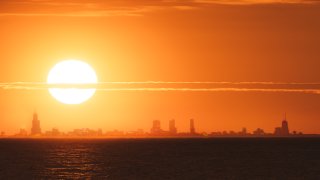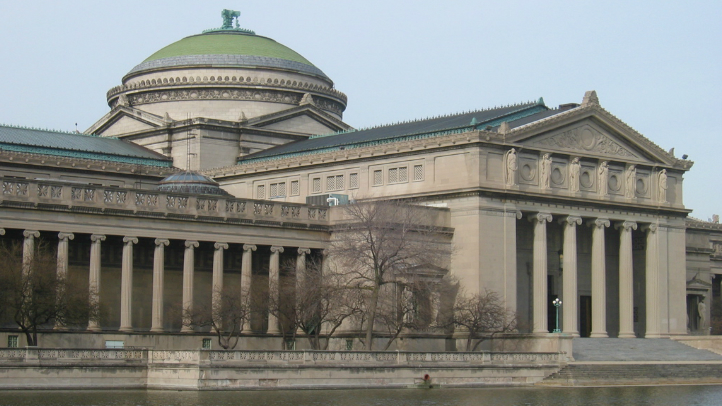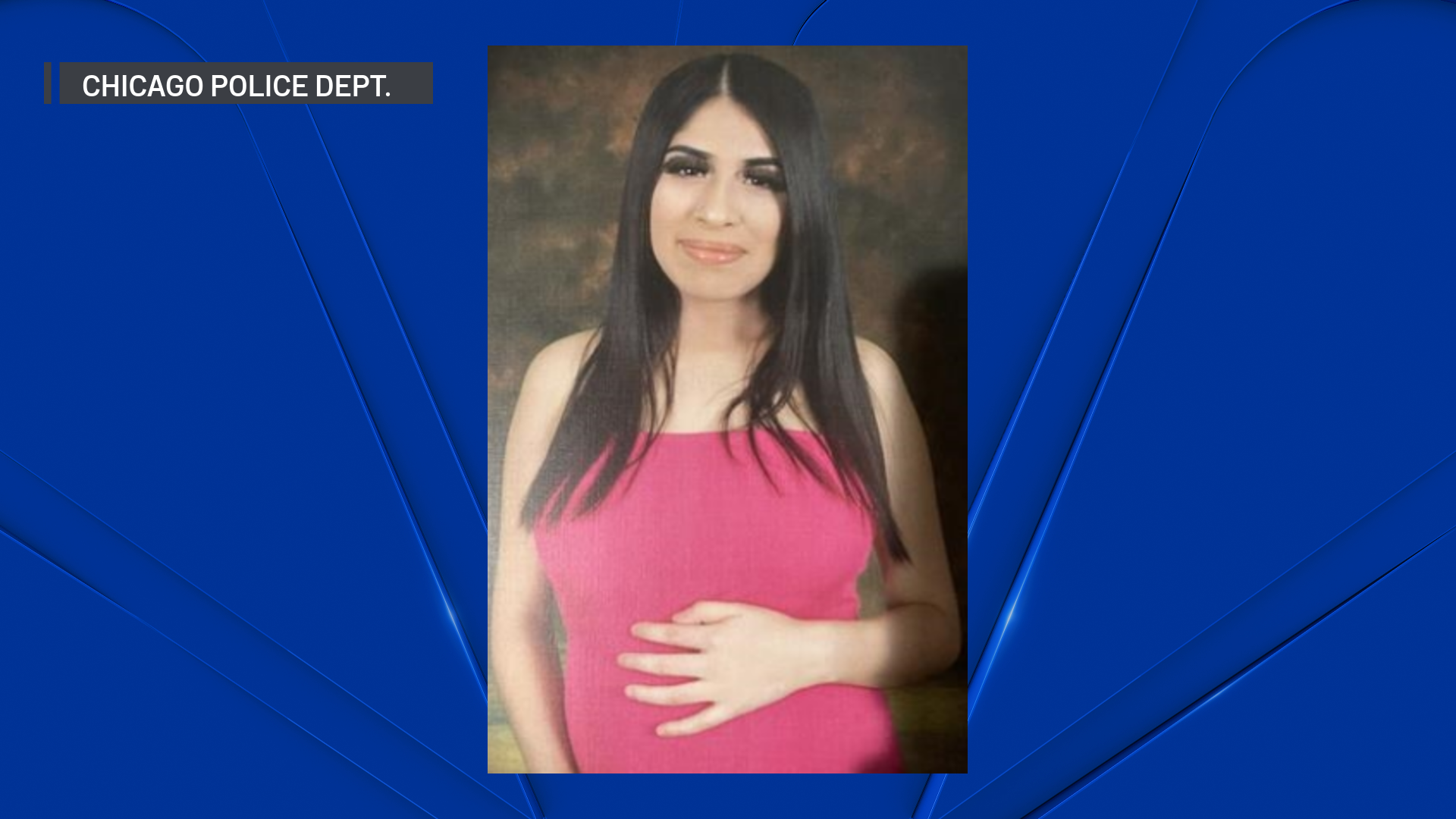
After an unusually warm winter and a roller coaster start to spring, many in the Chicago area are already looking ahead to summer, but with chances of a La Niña rising, what could that look like?
An El Niño winter brought some big shifts when it came to the area's typically cold and snowy conditions this year and a switch to La Niña could bring seasonal changes this summer as well.
The NWS center issued a La Niña watch for later this year, as the ongoing El Niño pattern shows signs of weakening.
According to recent projections from the National Weather Service's Climate Prediction Center, there is an 83% chance El Niño conditions weaken, becoming neutral between April and June.
Feeling out of the loop? We'll catch you up on the Chicago news you need to know. Sign up for the weekly Chicago Catch-Up newsletter here.
But from June to August, the odds of a La Niña event developing climbed to 62%, up from 55% last month.
So what will that mean?
Here's a breakdown:
Local
What is a La Niña event?
According to the NWS, La Niña marks a time where trade winds are stronger than usual and push warm water toward Asia, and bring cold, nutrient water to the surface off the West Coast in the U.S.
"These cold waters in the Pacific push the jet stream northward," the NWS reported.
It is the opposite effect of El Niño.
What does it mean for weather?
La Niñas typically lead to droughts in the southern U.S., but bring heavy rain and flooding to the Pacific Northwest and Canada, according to NWS.
"During a La Niña year, winter temperatures are warmer than normal in the South and cooler than normal in the North. La Niña can also lead to a more severe hurricane season," the NWS reported.
What about in Illinois?
In terms of impacts on Illinois, researchers say that summers tend to be warmer and drier than normal during a La Niña pattern, while fall tends to see cooler and wetter conditions.
This contrasts to the climate during an El Niño pattern, which lead to slightly milder summers in the Chicago area while temperatures in much of the United States were above average for summers.
"Generally, La Niña impacts are not as clear-cut because there are fewer strong ones in recent years," the University of Illinois reported.
According to the U of I, La Niña impacts in Illinois can include:
- Summers have a tendency to be warmer and drier in Illinois
- Falls have a tendency to be cooler in the north and wetter in the southeast
- Winters are typically warmer and wetter than average with more snow and winter storms
- Springs tend to be cooler across most of the state and drier in the west
Winters tend to be warmer during La Niña events, but Illinois is more prone to cold snaps and heavy snow events, according to researchers.
A La Niña could help subside much of the rapid warming seen in the past year that is partly attributed to the El Niño pattern.
But the NWS stressed that "La Niña impacts are not as clear-cut because there are fewer strong ones in recent years."



